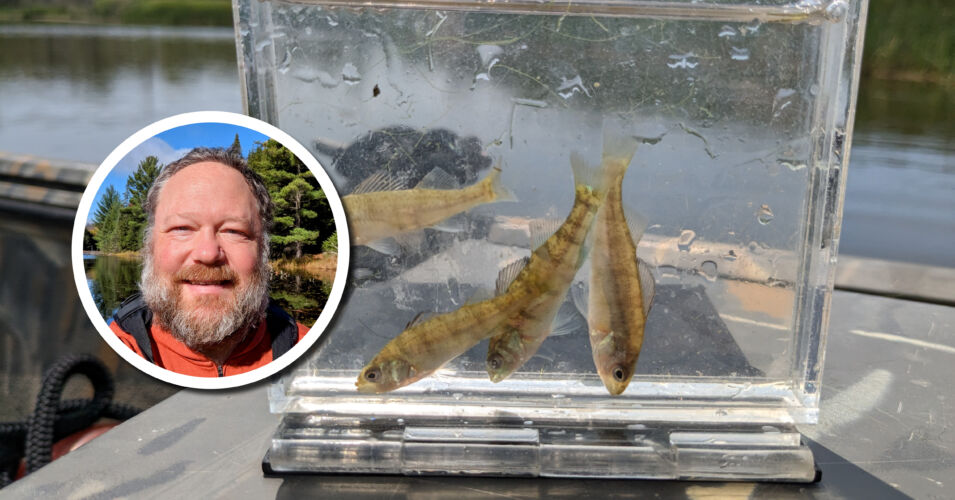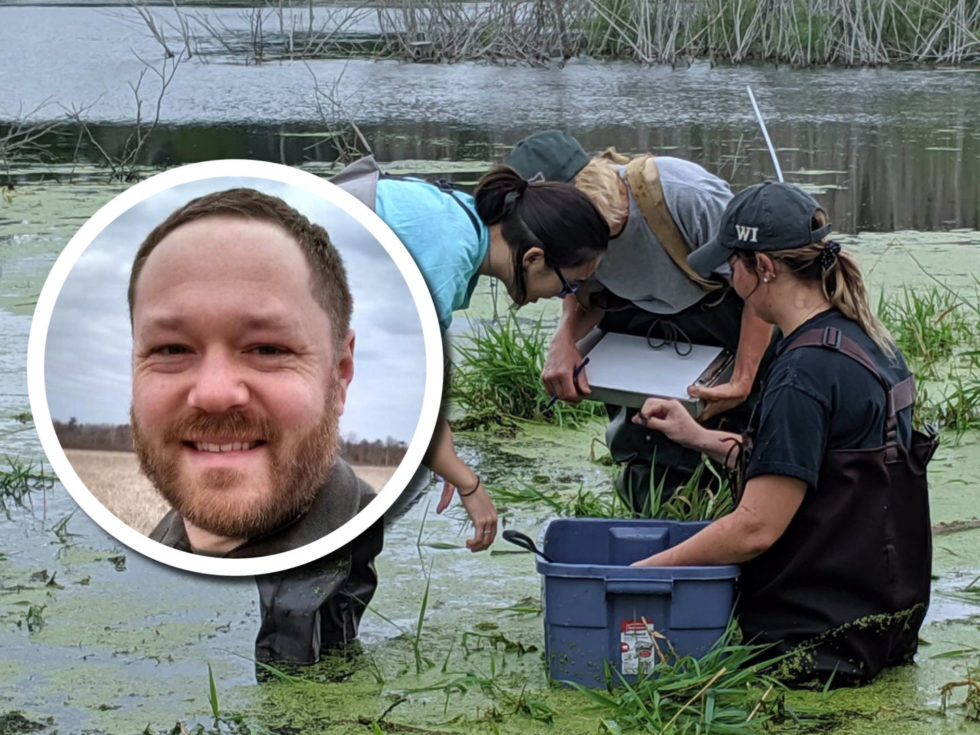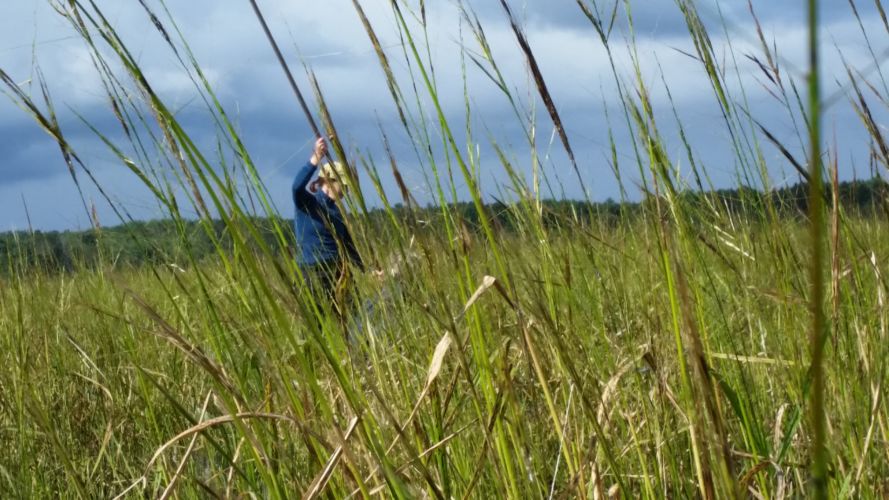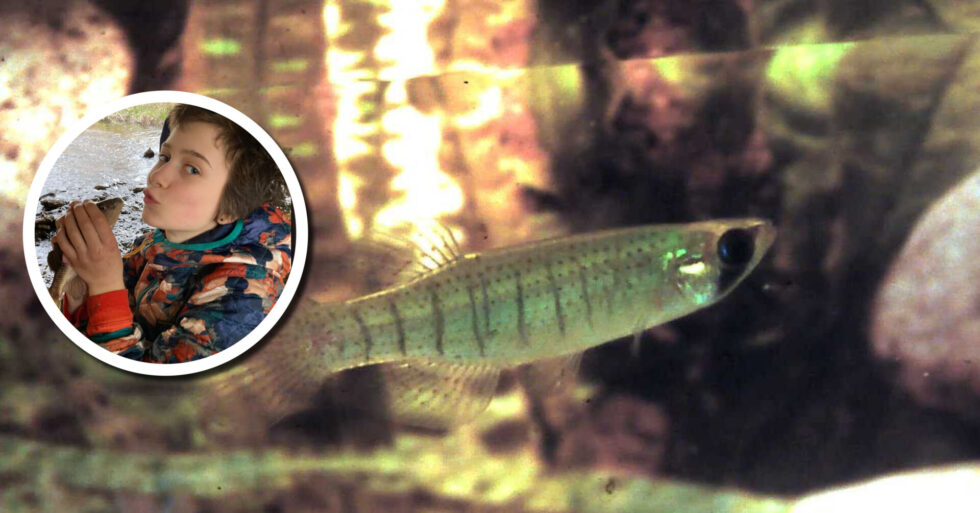Green Bay, Lake Michigan, was once home to seemingly endless beds of manoomin (wild rice, Zizania palustris). This “good berry” provided sustenance for people for thousands of years. Established rice beds represent a valuable aquatic habitat for grazing waterfowl as well as spawning and nursery habitat for fish. However, colonial settlement, followed by industrialization and development in the last 150 years, resulted in the decline of wild rice in Green Bay’s coastal wetlands. Since 2016, conservation partners have worked to restore wild rice on the Green Bay west shore. Wetland monitoring indicates success varies, generally following an environmental gradient from the mouth of the Fox River in the south to the Menominee River on the border with Michigan. We surveyed fish assemblages using both active and passive gears in two restoration sites that did not have wild rice present and two sites with wild rice growing in the summer of 2023. Join Titus Seilheimer for to learn the outcomes of these surveys, which indicate that Green Bay wetlands serve as important fish habitat and that successful wild rice restoration may be an indicator of diverse, healthy wetland ecosystems that provide valuable benefits to fish, wildlife, and people.
Titus Seilheimer, Wisconsin Sea Grant
Recorded May 3, 2024
Titus Seilheimer is the fisheries specialist for Wisconsin Sea Grant and has studied all five Great Lakes coastal wetlands for more than two decades in the US and Canada.
Related content
Wetland Coffee Break: From wetlands with love: Wisconsin’s Great Lakes coastal wetlands as important fish habitat
Watch the very first Wetland Coffee Break presentation, given by Titus Seilheimer!
Manoomin: Food that grows on the water
Wetland Coffee Break: Starhead Topminnow: The rare star of the backwaters of the Lower Wisconsin Riverway




